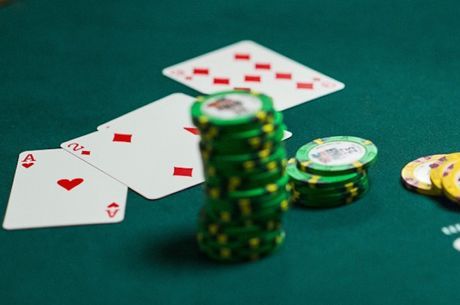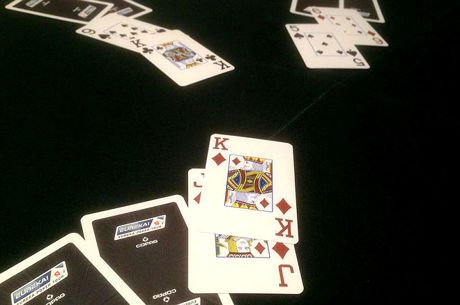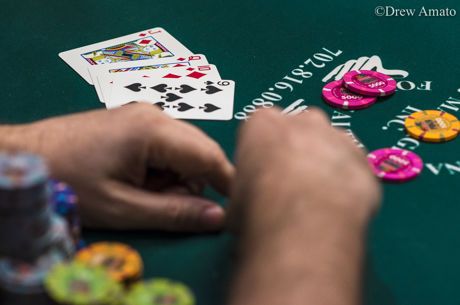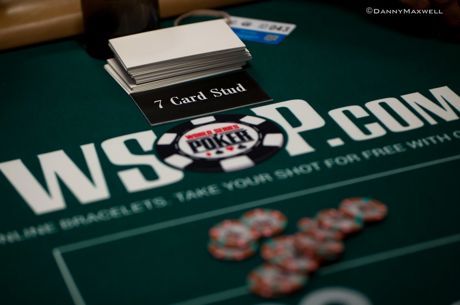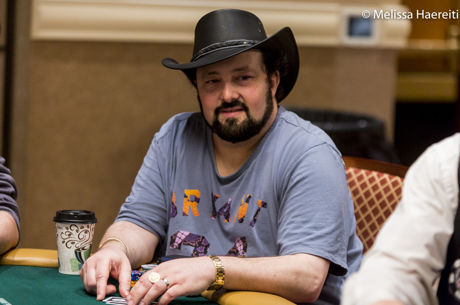Stud Poker Strategy - Bluffing Part II

We learned in my last column that bluffing in low limit stud games is usually a mistake. Most players bluff too frequently, failing to accept the fact that most low limit stud players call too often. Accordingly, pure bluffs rarely make sense in these types of games.
That being said, there are situations that do arise, especially against better players, when a well timed bluff is the appropriate action at the table. We'll examine those situations in some detail, but for now you should consider the eight factors that go into determining whether or not it makes sense to bluff. These are, admittedly, general concepts. Even so, I think they will help you understand howand why it is that a bluff succeeds in stud.
1. The quality of your opponent.
I've covered this to some extent already. It is usually a mistake to attempt bluffs against bad players. Good, perceptive opponents, on the other hand, who have the discipline to fold if they believe they are behind and who pay attention to your betting action - they are the ideal targets of a bluff.
2. Your image
It is easier to convince opponents that you really have a high quality hand when you bet if you are perceived as a tight player. On the other hand, if you image is that of a loose or otherwise wild player then your bet is less likely to be believed - making bluffs much tougher to pull off.
3. The prior betting action
The best bluffs don't happen in a vacuum - they appear to be logical extensions of the betting that has come before - both in the hand itself and even prior to the hand being dealt. If, for example, you raised with the Ace of hearts on Third Street and then bet Fourth, Fifth and Sixth when you received three clubs, your observant opponents are not likely to believe that you made a Flush on the River. But if you called Third Street and made three running cards of one suit, your River bet might be more likely to be seen as a Flush bet.
4. The cards that are exposed
Similar to the factor above, your exposed cards speak volumes. Your betting action is more likely to be believed if it is consistent with what your up cards indicate you are likely to have. Don't expect your opponents to believe you caught a full house when you raise on the River if you don't have one pair exposed (even though it's certainly a possibility). Similarly, a high door card is more likely to be perceived as part of a high pair than a low door card..
5. The overall quality of your hand.
You should think about the likelihood of having a hand that can improve or that has some current value when you bluff. A pure bluff is less advised, usually, than a bluff from a hand that has some intrinsic value and some ability to improve.
6. Your opponent's likely hand.
It's easier to bluff a weak opponent than a strong opponent. So consider what hand your opponent has when you're betting.
7. How many people are in the hand.
It's easier to bluff one opponent than five. Hands with more than two players are said, in fact, to have "protected pots" for just this reason - since the pot is less vulnerable to being stolen by a bluff.
8. The money in the pot.
Good players are less likely to be bullied out of a hand if the pot is substantial - knowing that their fold is an enormous mistake. Inversely, bluffing at small pots have a greater chance of success because your opponents may not think that it's worth finding out if your bluffing.
In the next column I'll look at some specific hand situations and see how we can apply these eight factors when deciding whether and how to bluff.
Ed Note: Empire Poker have a huge amount of players at every limit. Get in on the action.





